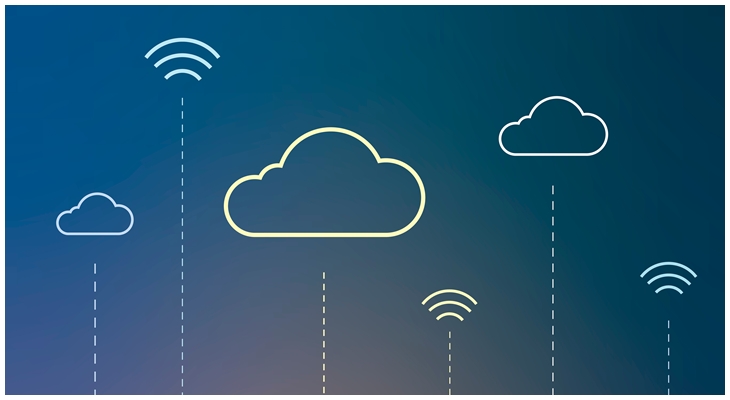New technologies evolve every day! The IT industry is buzzing today as the demand for developing websites and applications is growing fastest. Containerization is a stand-out technology in the software development field. According to reports, around 68,905 companies currently use the containerization tools.
It's transforming the way we build, test, and deploy applications. In this blog, we'll understand containerization and learn more about its workings, applications, types, and use cases in software development.
Let's get started!
What is Containerization?
A containerization is a lightweight form of virtualization involving summarizing an application and its dependencies into a self-sufficient and single unit called a container. They do not rely on hypervisors to create and manage VMS rather than hypervisors, but rather utilize the host operating system, making containers resource-intensive and efficient.
Containerization offers a range of benefits, including higher security, portability, resource utilization, and more. Containers are lightweight and can be deployed, as well as scaled up and down as required.
Previously, to run any application, you needed to install the Windows software package on the machine. However, you can create a single software package that runs on different devices with containerization.
How Does Containerization Work?
Containerization requires building self-sufficient software packages that perform consistently despite the machines they are running. These containers offer a distinct environment with dedicated resources and settings, ensuring applications are separate and function independently.
Some of the critical pointers of the containerization process:
Application Isolation
Every application runs in a separate container, enabling multiple applications to exist on the same server without interference.
Creating a Container Image
Tools such as Docker are used for containerization. They offer abilities for packaging, deploying, and managing applications. These platforms ensure resource and configuration isolation between containers.
Knowing the Benefits of Containerization
Containerization offers a range of benefits to the software development teams. Here, we've listed down a few of them:
Portability
A container can create executable software packages that are not dependent on the host operating system. Thus, containers can run seamlessly and consistently across clouds or any platform. They can also be moved from one place to another, allowing us to scale up and down as needed.
Security
The next important benefit of containerization is security. Software developers don't need to compromise on security issues. The code cannot be spread across any scenario, as containers can be isolated from each other.
Speed
Containers are usually lightweight as they share the host machine's OS Kernel and are not prone to other challenges. This lightweight feature offers high server efficiency and reduces licensing costs.
Resource
Optimization Containers utilize all the resources efficiently, which allows faster development and testing cycles.
Flexibility
Containers are highly flexible. They can run on any platform, including on-premises servers, public cloud, and private data centers.
What are the Types of Containerization Technologies?
Different types of containerization technologies are available. Some of the popular ones and commonly used are as follows:
Docker
An open-source containerized platform combines an app's source code with existing OS and its libraries as well as dependencies. However, the only point is that it needs to be more secure than other options and is difficult to troubleshoot.
Rkt
Rkt is a comparatively new containerization technology that's more user-friendly and secure than DockerDocker. It's used more widely than DockerDocker, but it's gaining popularity.
The Use Cases for Containerized Applications
Use Cases for Containerized Applications
Below are the use cases for containerized applications:
Microservices Architecture
Containers are an excellent option for microservices-based applications. Every service runs its container, simplifying application development, deployment, and scaling.
DevOps Practices
Containerization is compatible with all DevOps practices. It enables continuous integration and deployment (CI/CD) pipelines, improving collaboration between development and operations teams.
Cloud-Native Apps
Containerized apps are ideal for cloud-native development. It allows efficient use of cloud resources and easy scaling.
Conclusion
Virtual servers are far better and more exciting. However, containerization has completely changed the software development scenario. It provides a lightweight and efficient way to manage and scale applications. Knowing what containerization can do and how it benefits software developers is essential in today's tech landscape.
Whether you're just starting in software development or a pro techie, containerization is your go-to tool for achieving your overall goals. For more information on tech-related topics, visit our blog section now.
You May Also Like:







